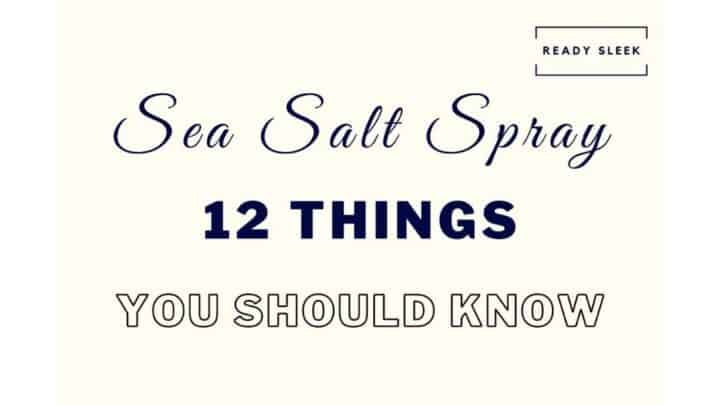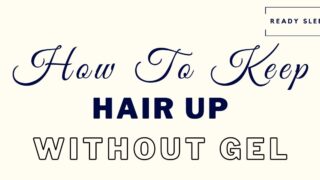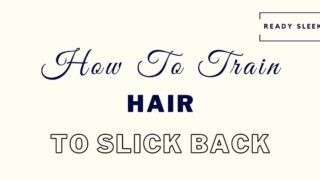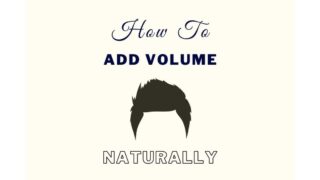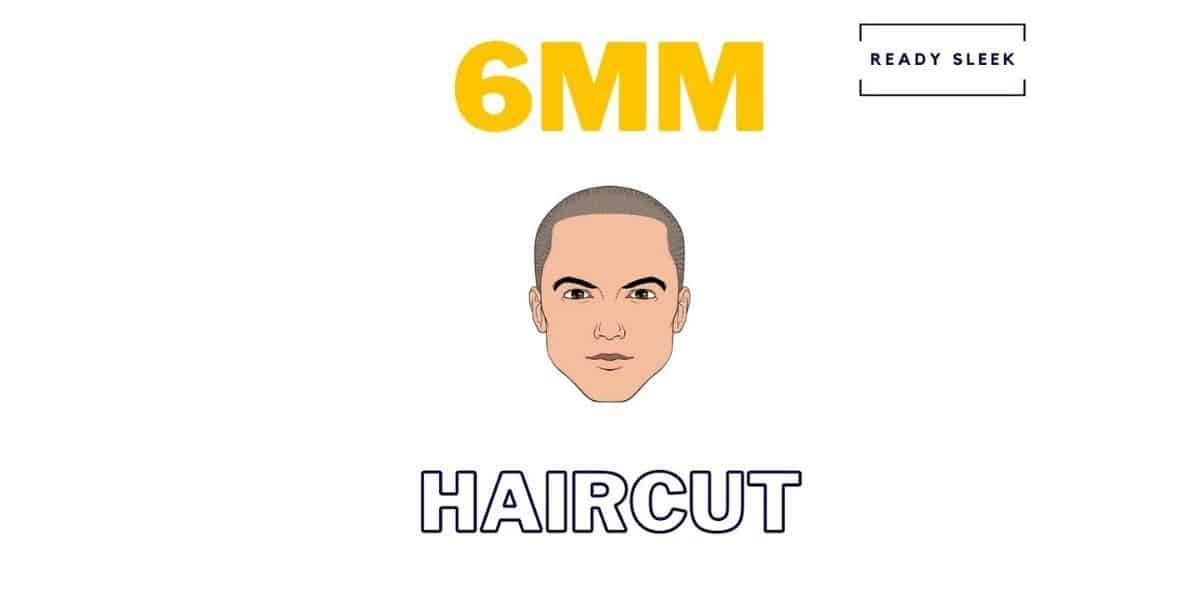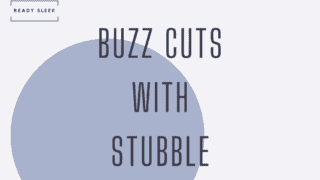Texture, body, volume, invigoration, etc. All words you hear used to describe what sea salt spray does – it’s pretty simple.
But there are so many questions on sea salt spray that are frequently asked yet rarely answered properly.
Practical questions on how it should be used and not just what it does. What these questions need are no-nonsense answers that are straightforward and to the point.
That’s what you’re about to get.
Let’s get to it.
1. Are All Sea Salt Sprays The Same?
No, not all sea salt sprays are the same. Some may have features that others don’t, such as heat and UV protection, fragrances, Vitamin E, or botanical ingredients such as aloe, algae, and kelp.
Sea salt sprays can, however, be expected to do the same thing; add texture, body, and lift. That’s what salt water is best for – it absorbs our natural oils in order to do this.
But there are so many ways in which different brands try to separate themselves from one another and stand out.
The main ways of doing this focus on recreating a beach-like experience as best as possible. After all, sea salt spray is famous for producing a beachy, windswept appearance by helping you create texture, strand separation, and waves.
But to really get a beachy vibe going, some brands add beachy ingredients like algae and seaweed. Some add beachy fragrances like coconut, while others add a bit of kaolin clay to really get some grit.
Figure out what features may be important to you and choose your sea salt spray based on that.
2. Should You Use Sea Salt Spray Before Or After Styling?
Sea salt spray should be used before styling. It’s a very effective pre-styler that adds fullness and volume as the hair dries, while also making it grittier, more responsive, and easier to style.
Once the sea salt spray has been applied, allow it to dry and style as you wish.
It is possible and relatively common, however, to use sea salt spray as the styling product itself. In other words, no other styling product is used after applying the sea salt spray.
Plenty of people love the simple, textured appearance they’re left with after using sea salt spray alone. If you’re happy with that, there may not be any need to apply an additional product afterward.
3. Should You Use Sea Salt Spray On Wet Or Dry Hair?
Sea salt spray should be applied to dry or towel-dried damp hair, but not to wet hair. Wet hair is heavy, difficult to build volume with and to style.
Many sea salt sprays will be water-soluble, so applying it to soaking wet hair will simply cause it to dissolve and waste the product.
If you prefer a more matte finish, apply the sea salt spray to dry hair. If you’d rather have less of a matte finish and a gentle shine, apply it to damp hair.
Applying it to clean hair will always be easier than applying it to greasy or oily hair. It’s hard to build volume with sea salt spray when the hair is weighed down by excess oil.
So, showering and then applying the spray would be a wise choice.
It will also be easier to distribute the sea salt spray through damp hair than dry hair. This is just something to bear in mind.
4. Should You Air-Dry Or Blow-Dry Sea Salt Spray?
You should blow-dry the hair after applying sea salt spray if you’re looking to build additional fullness, lift, and volume. Air-drying sea salt spray will still make it more responsive, but won’t produce as much volume as blow-drying would.
Air-drying could also leave the hair damp enough to easily distribute another product after applying the sea salt spray, such as a wax or a paste.
If you prefer applying hair products to damp hair, air-drying it may be better than blow-drying which will obviously leave it completely dry.
Plus, air-drying the spray will give you a more relaxed and subtle finish compared with the volume you would build with a blow-dryer.
But the reason that so many people prefer using a blow-dryer is the versatility it gives you. There’s so much you can do with it once you’ve applied some sea salt spray.
Using blow-dryer attachments will add to this versatility.
For instance, a concentrator nozzle will help you direct focused streams of air toward certain parts of your hair and not others.
A diffuser attachment will reduce frizz and also enhance curls – this often works well with sea salt spray where waves are wanted.
The spray will absorb your natural oils and help create strand separation – this is perfect for layered and textured styles. Using a blow-dryer will enhance this effect while also helping you build lift and volume.
It’s a fantastic way to achieve that beachy, windswept appearance that sea salt spray is known for.
5. Should You Use Sea Salt Spray Before Or After Blow-Drying?
Sea salt spray should usually be applied before blow-drying. It allows you to use the pressure and heat from the blow-dryer to exaggerate the volume and lift you get from using sea salt spray.
Applying it after blow-drying would be a wasted opportunity.
The sea salt spray and the blow-drying process will work hand-in-hand, but if you wait until the hair is completely blow-dried before applying it the outcome won’t be as effective.
For example, applying the sea salt spray and then blow-drying while finger-tousling will enhance the layered and wavy appearance.
6. How Much Sea Salt Spray Should You Use?
You’ll want to use several spritzes of sea salt spray to ensure each section of your hair is covered at least once.
However, using too much can weigh down the hair and make it difficult to build volume with, if this is what you’re hoping to do with it.
In addition, using too much sea salt spray can cause the hair to feel quite dry and gritty.
It’s important to get the balance right to ensure you’re using enough to be effective, but not so much that it’s counterproductive.
You should use enough to allow you to work it into the roots and distribute it evenly across the scalp.
If you’re using it as the styling product itself and not just a pre-styler, you’ll most likely need to use more of it to get your desired effect.
7. Can You Use Sea Salt Spray With Clay?
Sea salt spray is often used in combination with hair clay, particularly by people with thin or fine hair. This is because they can both make the hair look thicker and fuller.
As a pre-styler, sea salt spray adds fullness and volume, while also adding layering and texture. It makes the hair more responsive and easier to style with an additional styling product afterward.
Hair clay is a good option for this. The clay minerals it usually contains such as kaolin and bentonite absorb water and make the hair strands look plumper and fuller.
Its matte finish complements the matte finish of sea salt spray well. Plus, its relatively heavy hold is a great way to keep styled hair in place throughout the day.
Clay is great for relaxed, laid-back, messy, and tousled styles, just like sea salt spray is. The two products work great hand-in-hand.
8. Can You Use Sea Salt Spray With Pomade?
Sea salt spray is sometimes used as a pre-styler to make the hair look thicker and fuller before applying pomade which can sometimes make thin hair look thinner due to its shine and weight.
As you’d expect, this is more important for men with thin or fine hair than it is for men with thick hair.
Pomades aren’t great for thin hair. The shine can often reveal too much of the scalp. It isn’t as good as clays and pastes are for building volume and fullness.
Overall, however, pomades and sea salt spray are usually used for different style purposes.
Sea salt sprays are usually used to create messier, relaxed, textured, beach-inspired styles. Pomades, on the other hand, are known for formal, glossy, slick, and defined styles.
So, if you’ve got thick hair, you probably won’t have a need for both of these products. But if you’ve got thin hair and you’re worried that pomade may simply make it look thinner, try using some sea salt spray as a thickening pre-styler first.
9. Is Sea Salt Spray Good For Quiffs?
Although sea salt spray can be used as a pre-styler before styling a quiff, you’ll need to apply a product with a stronger hold afterward to keep the quiff in place.
Sea salt spray would be a good way to build some volume and texture before styling the quiff, particularly if you blow-dry upward while finger-tousling.
But sea salt spray in itself doesn’t have much hold by itself. You’ll want to follow it up with some styling product.
The one you choose depends on your preferences. Hair pastes, and clays are good options if you prefer texture and a matte to low-shine finish.
If you’d rather have a bit more shine but still want a pliable hold, you could go for a hair wax instead.
10. Should You Wash Out Sea Salt Spray?
In general, it’s best to wash out sea salt spray at the end of the day. Although it’s quite mild, it can have a drying effect on the hair and so it’s best to rinse it out before bed.
It can also feel quite gritty and sticky, just as you’d expect your hair to feel after a swim in the salty ocean water.
Not washing it out before bed can feel uncomfortable and also lead to unnecessary tangles.
You can rinse it out with water alone or with shampoo. Using a deep, moisturizing conditioner should also help combat the dryness sea salt sprays can cause.
11. Can You Use Sea Salt Spray Every Day?
Sea salt sprays shouldn’t be used every day. Although many of them do include nourishing, moisturizing oils, if used excessively they can cause the hair to feel dry, brittle, and gritty.
This is especially important if your hair is already on the dry side. Try to limit using it to every 2-3 days at a maximum.
If you do use it frequently, as I mentioned earlier, it’s important to rinse it out at the end of the day.
12. Does Sea Salt Spray Expire?
Sea salt spray does expire, just like any other hair product. Although the salt itself won’t go bad, the organic ingredients used as additives may well expire and eventually turn rancid.
How long the sea salt spray lasts really depends on the specific product. The majority of them won’t have specific “expiration dates”, but may have a Period After Opening (PAO) specified.
It’ll tell you how long the product will be good for after opening it. For example, a PAO of 12M would be 12 months, while a PAO of 24M would be 24 months.
Regardless of what the PAO says (if the sea salt spray even has one), if you notice the product looking off-color or developing an unusual smell, it’s probably best that you don’t use it.
Conclusion
There you have it. A collection of 12 questions on sea salt spray that you may have struggled to find the answers to elsewhere.
Hope you found it helpful.
Enjoy.
Ready Sleek founder. Obsessed with casual style and the minimalist approach to building a highly functional wardrobe. Also a fan of classic, vintage hairstyles.

